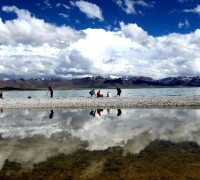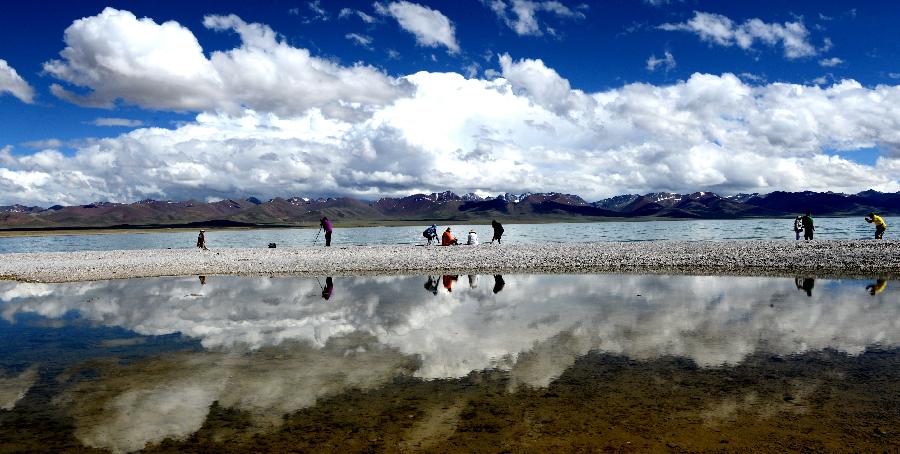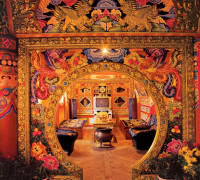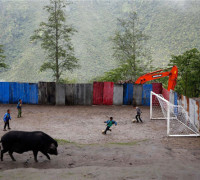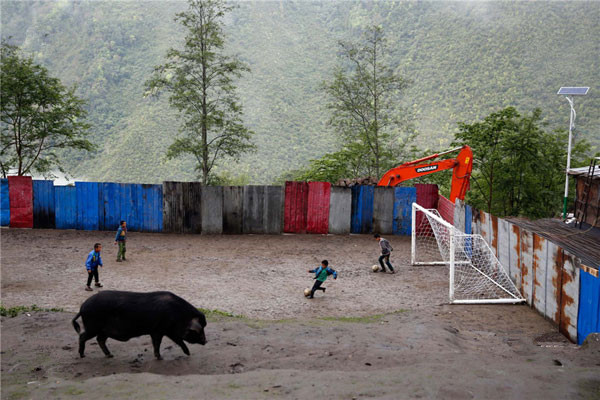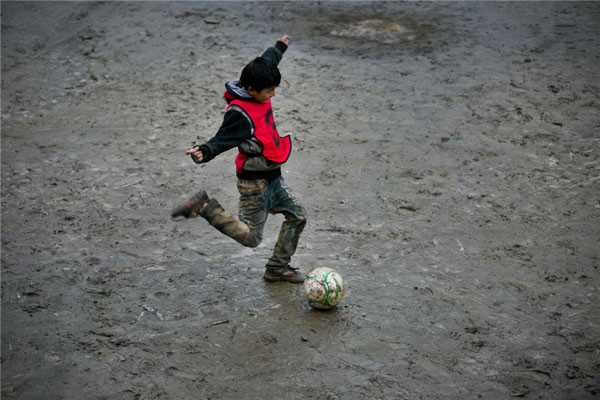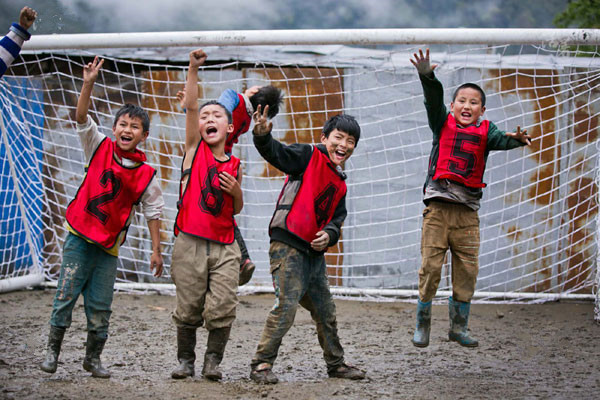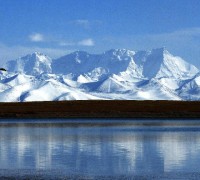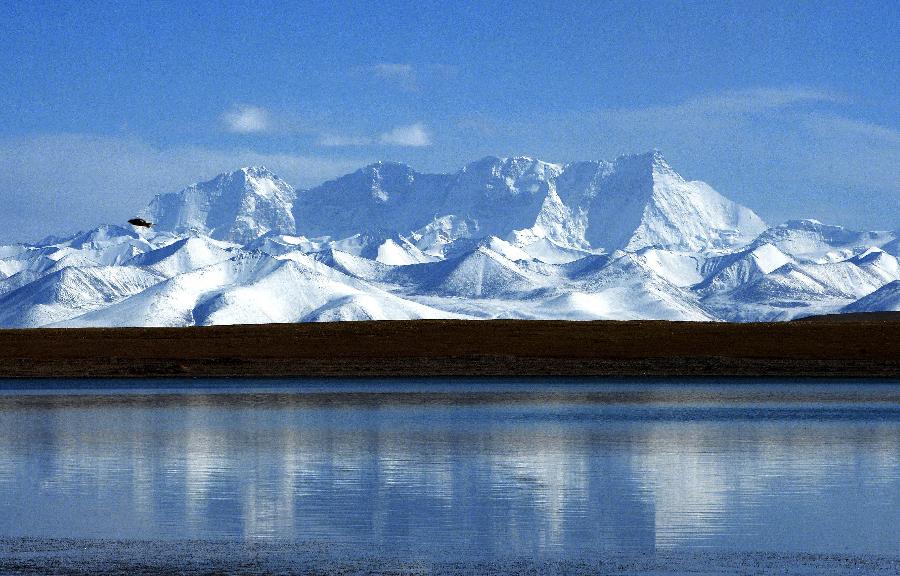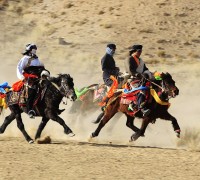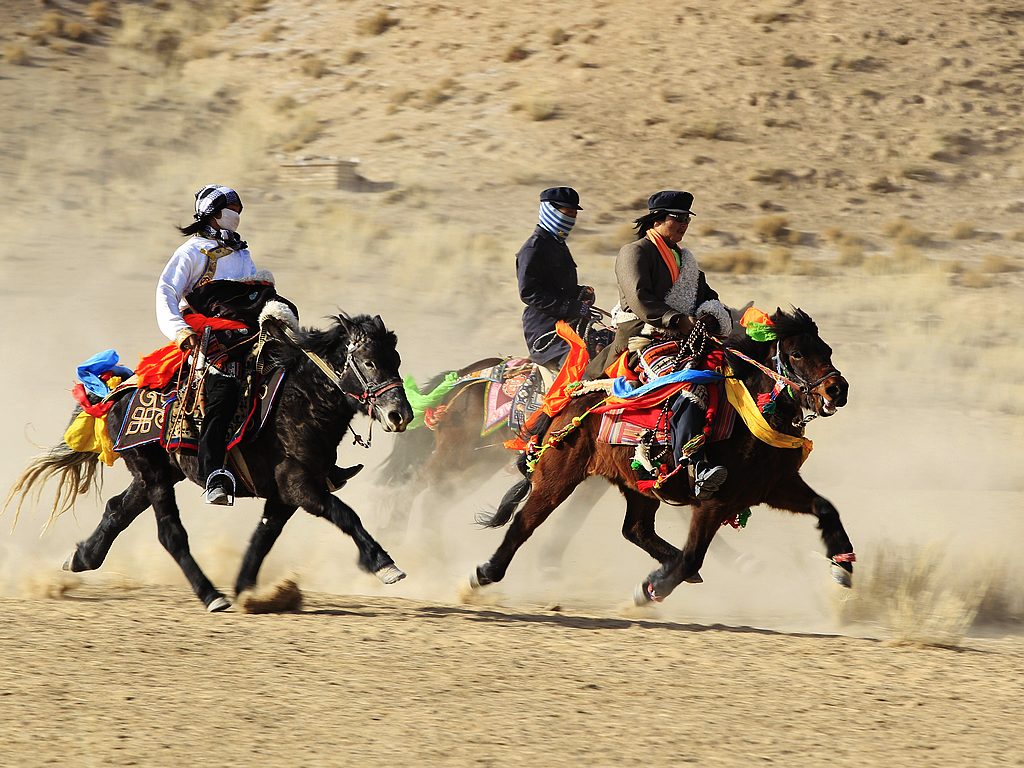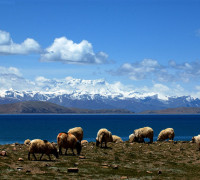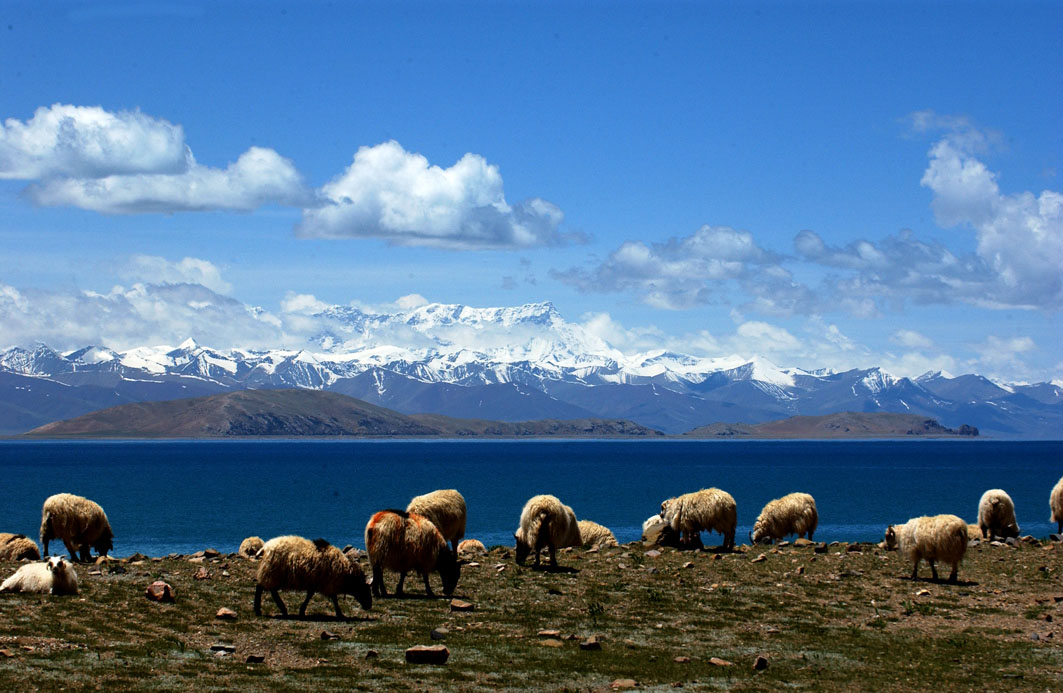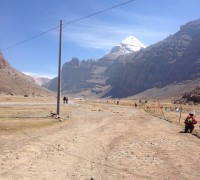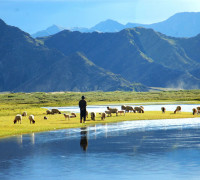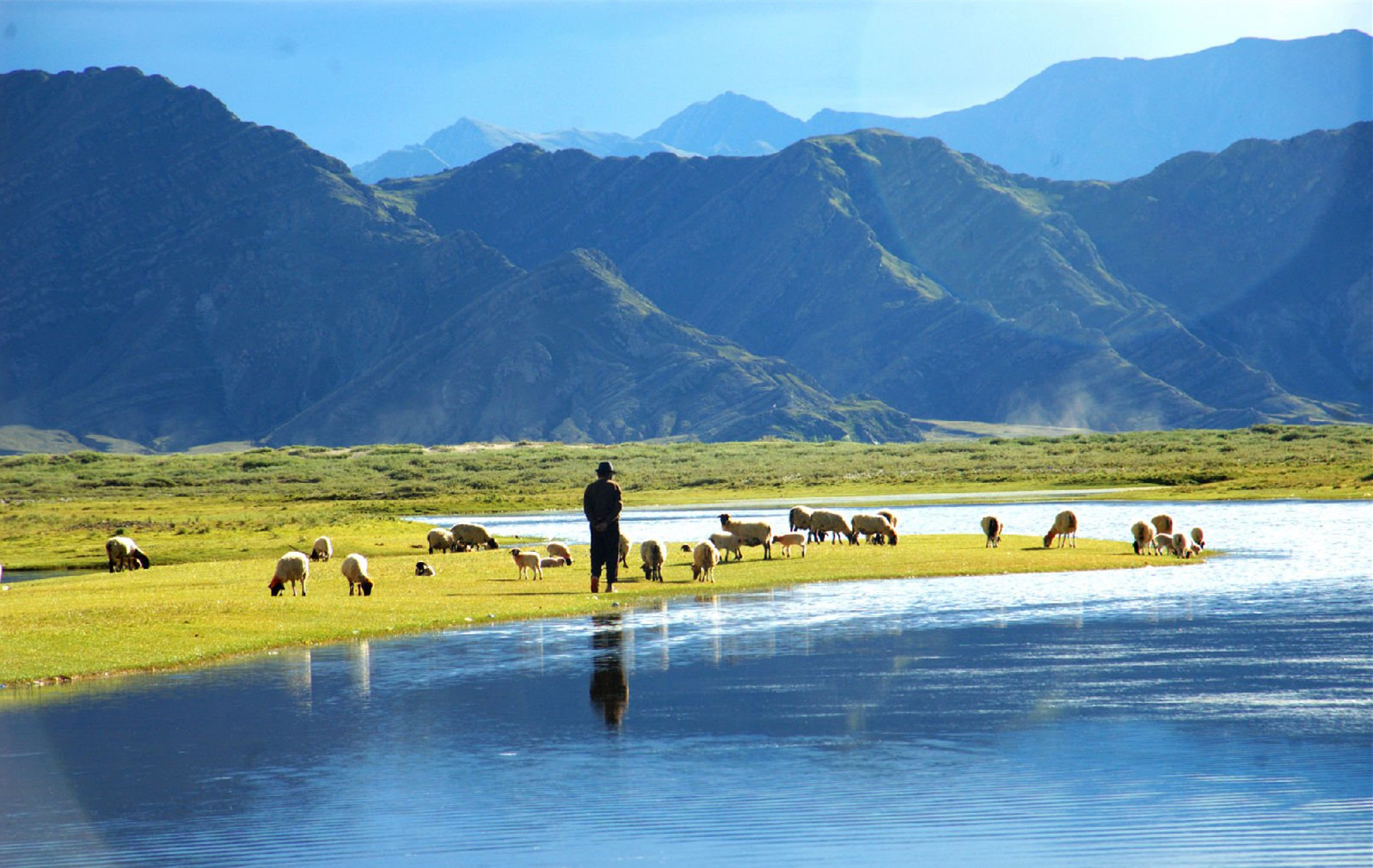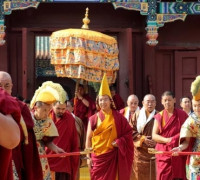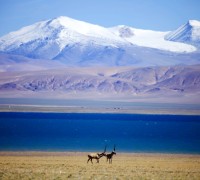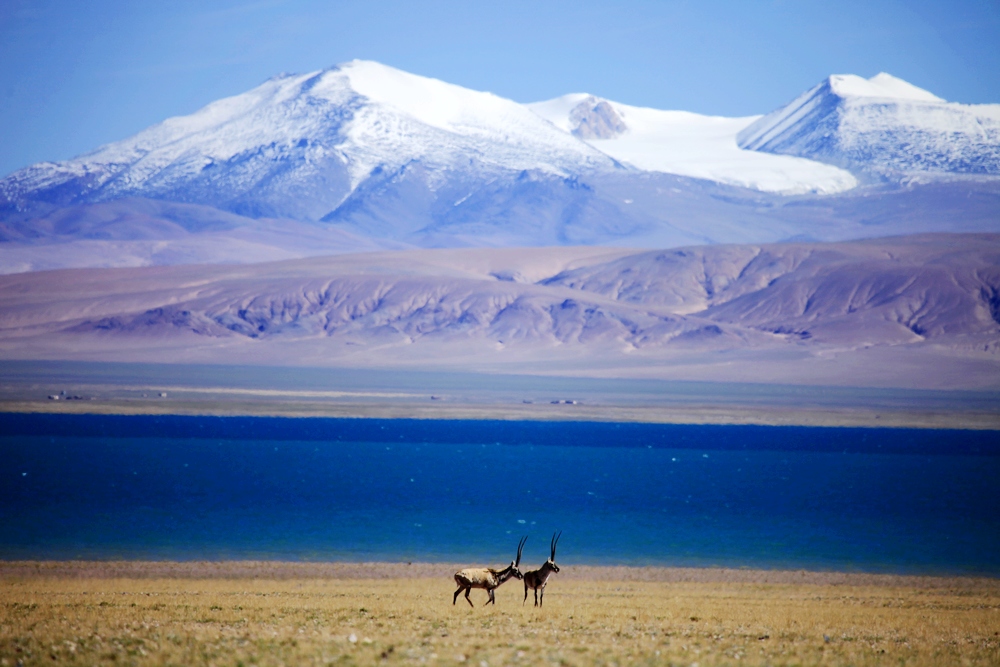Situated in the southeast rim of Qinghai-Tibet Plateau and in the west part of Sichuan Province, Garze Tibetan Autonomous Prefecture is a national minority autonomous prefecture mainly inhabited by Tibetan people.
Covering an area of 153 thousand square kilometers and with a population of 1.12 million, Garze is unique in the landform with an average altitude of 2,560 meters above the sea level.
There are 25 nationalities in the Garze Prefecture, among which Tibetan is the main one, accounting for about 78 percent of the total population.
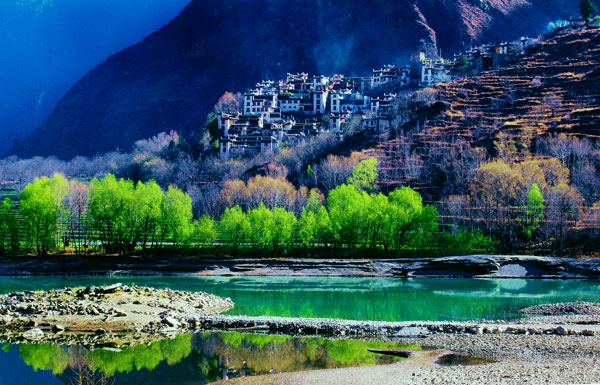
Danba Beauty Valley located in the Danba County of Garze Tibetan Autonomous Prefecture in Sichuan Province.

Interior trim of Daofu folk house in the Daofu County of Garze Tibetan Autonomous Prefecture in Sichuan Province. Daofu folk houses are mainly brown and white. The interior decoration of Daofu houses is really amazing. The auspicious symbols of the dragon and phoenix, flowers, birds and clouds can be seen everywhere, each painting is finely crafted. The local Tibetan people are living in homes that resemble a folk art museum.
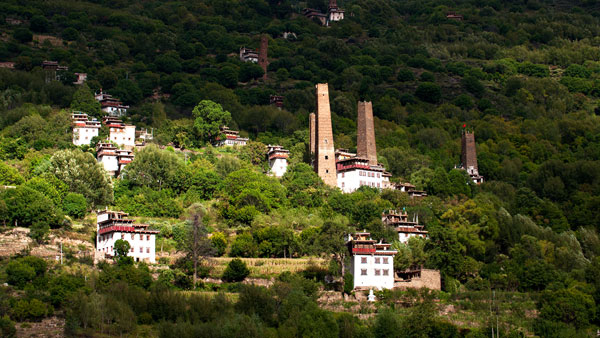
Watchtower folk houses in Danba County in Garze Tibetan Autonomous Prefecture of Sichuan Province.
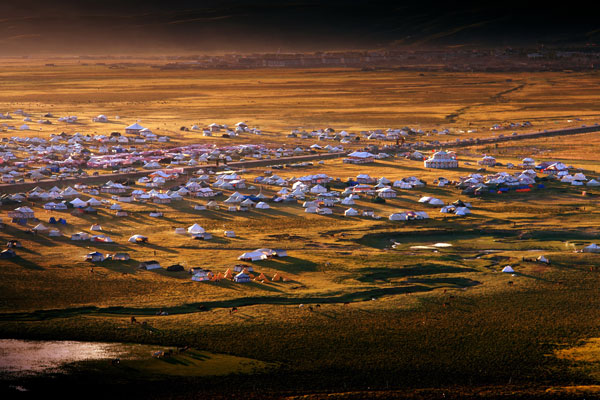
Tibetan style houses on Litang grassland in Litang County of Garze Tibetan Autonomous Prefecture in Sichuan Province.

